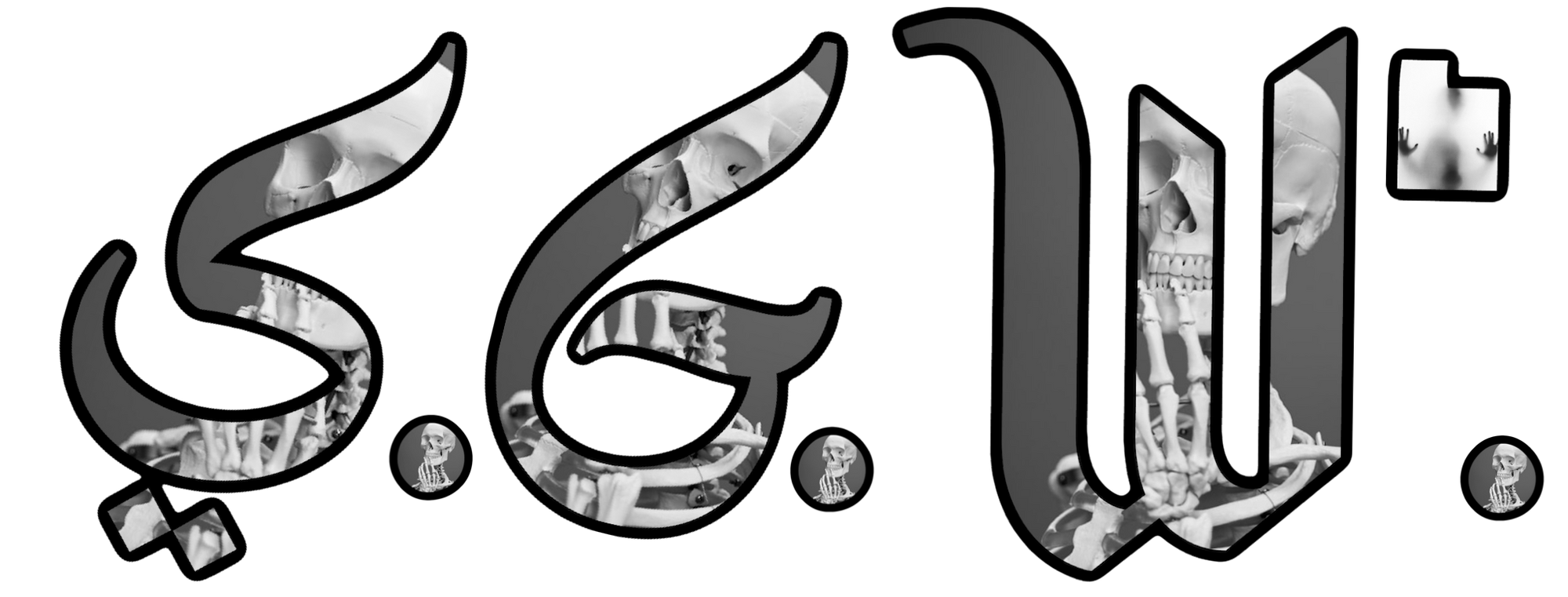Explore the revolutionary impact of HyperCard on hyperlinks and the internet.
1987: HyperCard is Born
Bill Atkinson creates HyperCard for Apple Computer.
HyperCard introduced "hypermedia" to a wide audience, combining database features with a graphical, user-modifiable interface. Users could create "stacks" of virtual "cards" containing text, images, and buttons linking to other cards.
1990-1991: World Wide Web Emerges
Tim Berners-Lee develops the World Wide Web, inspired by HyperCard's linking.
HyperCard's concept of hyperlinks directly influenced the creation of hypertext in the World Wide Web. Berners-Lee's system expanded this idea, allowing links between documents on different computers across a network.
1993: Mosaic Web Browser
The first graphical web browser, Mosaic, is released.
Mosaic's point-and-click interface for navigating hyperlinks was reminiscent of HyperCard's user-friendly design, helping to popularize the World Wide Web among non-technical users.
1994-1998: HyperCard's Decline
As the Web grows, HyperCard's popularity wanes, but its influence continues.
Despite declining usage, HyperCard's concepts lived on in web technologies. The idea of linking information in a non-linear fashion became a fundamental aspect of the internet.
2004: HyperCard Discontinued
Apple officially discontinues HyperCard, but its legacy lives on.
Many of HyperCard's features can be seen in modern web development frameworks and content management systems, which allow users to create and link content in ways similar to HyperCard's original vision.

